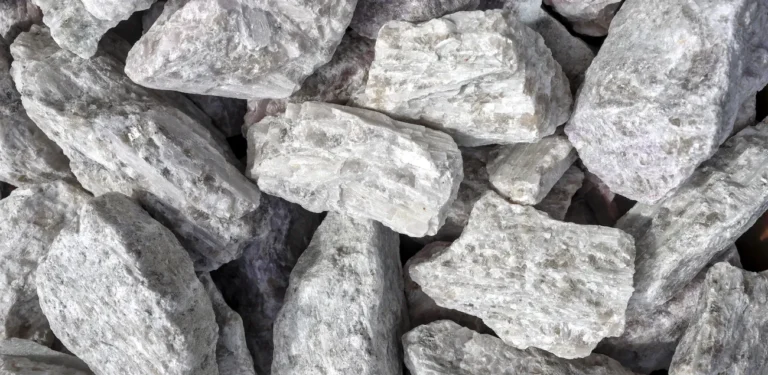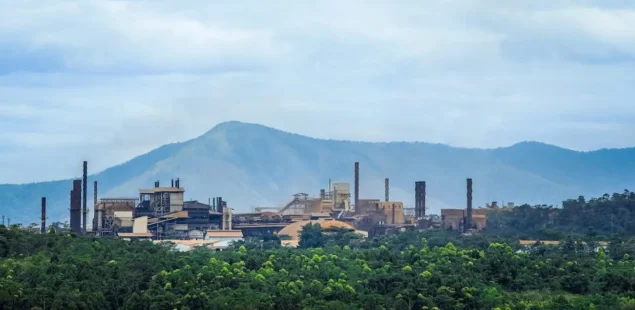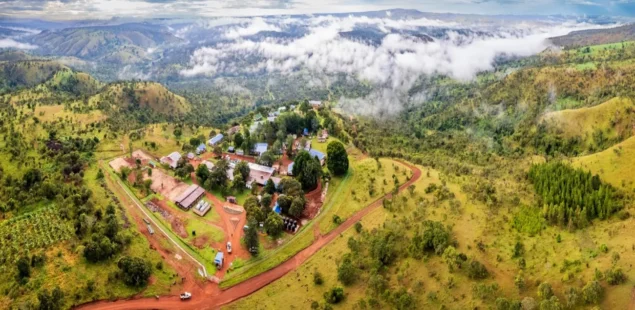
Global supply, industry outlook, is set to recover in 2025 as Ivanhoe’s Kipushi in the DRC, China’s Huoshaoyun and Russia’s Ozernoye scale up, even as analysts still see mined zinc contracting at a -0.5% CAGR to around 12.1 mt by 2030 from a post-rebound base. After an estimated 2.8% decline in 2024, mine production is expected to rise 4.2% year on year to roughly 12.4 mt in 2025, according to industry assessments, with Africa, China and Russia shaping the near-term supply profile.
New and Restarted Operations Underpin 2025 Recovery
Kipushi, a high-grade underground mine in the DRC jointly owned by Ivanhoe Mines and Gécamines, restarted in Q2 2024 and is targeting an annualised run-rate above 250 kt of zinc in concentrate by 2026, with 2025 guidance at 180–240 kt during ramp-up. In Russia, the Ozernoye project began shipping concentrate in 2024 after delays; full capacity is guided up to c.600 kt/y of concentrate (about 320 kt/y contained zinc) when ramp-up is complete. In China, Huoshaoyun, billed at up to 500 kt/y contained at design, began delivering concentrate and continues to ramp, supporting domestic supply even as smelter capacity expansion outpaces mine growth.
Restarts and Additions in Europe and Central Asia
Ireland’s Tara mine resumed in 2024 following a labour deal and is working back toward steady-state output into 2025. In Kazakhstan, state-owned Tau-Ken Samruk has flagged initial production from the Shalkiya lead-zinc project starting as operations phase in, adding incremental tonnage in 2025. These restarts and additions help reverse three consecutive years of global mine contraction.
Production Headwinds: Closures, Grades and Sanctions Frictions
The 2024 dip reflected grade pressure and closures: lower zinc feed at Peru’s Antamina trimmed volumes; Australia saw care-and-maintenance decisions at operations such as Jaguar/Bentley and King Vol after a price slump; and Canada’s longer-running downtrend followed the 2022 closures of 777 and Bracemac-McLeod. In Russia, sanctions and a 2023 fire complicated Ozernoye’s equipment sourcing, lengthening its path to nameplate. These frictions underscore why the 2025 recovery is a ramp-up story rather than a structural surge.
Market Impact and Pricing
Refined-market balances will hinge on smelter behaviour. Benchmark treatment charges for 2025 collapsed to about $80/t—less than half 2024’s $165/t—reflecting tight concentrate conditions through 2024 before fresh mine supply emerges. Chinese smelting capacity is still expanding, implying stronger import demand for concentrate and pressure on spot TCs. Zinc prices have traded near $2,790–$2,820/t on the LME in late July, a level that keeps higher-cost mines sensitive to any further price weakness.
Industry Context and Applications
Zinc’s main use—galvanised steel—ties demand to construction and manufacturing. ILZSG projects mine output to rise about 4.3% in 2025 to roughly 12.43 mt after three years of declines, with refined output also improving as concentrate availability normalises. The medium-term trend, however, points to a flatter supply trajectory without a fresh wave of Tier-one discoveries or permitted expansions.
Company Background and Market Context
Ivanhoe and Gécamines’ Kipushi has re-entered the market ahead of schedule and is positioned as one of the largest single-asset contributors to 2025–26 mine growth. Ozernoye, developed by Ozernaya Mining interests, underpins Russia’s re-emergence in concentrates despite sanctions-related procurement challenges. In China, Huoshaoyun’s ramp and new smelting capacity illustrate the country’s role as both producer and price-setter through its concentrate import needs. In Europe, Boliden’s Tara restart stabilises regional supply after 2023 curtailments, while Central Asia’s Shalkiya adds a new node to ex-China mine growth.
Zinc is essential to corrosion protection and to alloys and chemicals used across infrastructure, autos and consumer durables. After a deficit-ridden 2024 and a TC-squeeze year for smelters, the 2025 mined-output rebound should ease raw-material tightness, but mine supply is still expected to plateau later in the decade absent new projects—setting the stage for recurrent price volatility.



